TSOTA x TRS Studio Visits is a collaboration between The State of the Arts and The Royal Standard. TRS is a an artist-led gallery, studio and social workspace in Liverpool, working with over 40 artists. Every month we will be presenting interviews and studio visits with artists working in the space and chatting to them about their process, tools and the meaning of art-making. This month, we talked to Jason Hollis.

Tell me a bit about your practice, what are you interested in?
Currently everything in my practice is starting to form around the notion of chaos and order. After studying design and being highly attracted to geometrics, my practice naturally became quite clean and orderly, however as time progressed there was a tipping point where I just needed to get out of this stylistic box I’d put myself in. I started to make much looser works and started to explore a much more expressionistic way of painting. This was enjoyable for a while, but the order was calling me back.
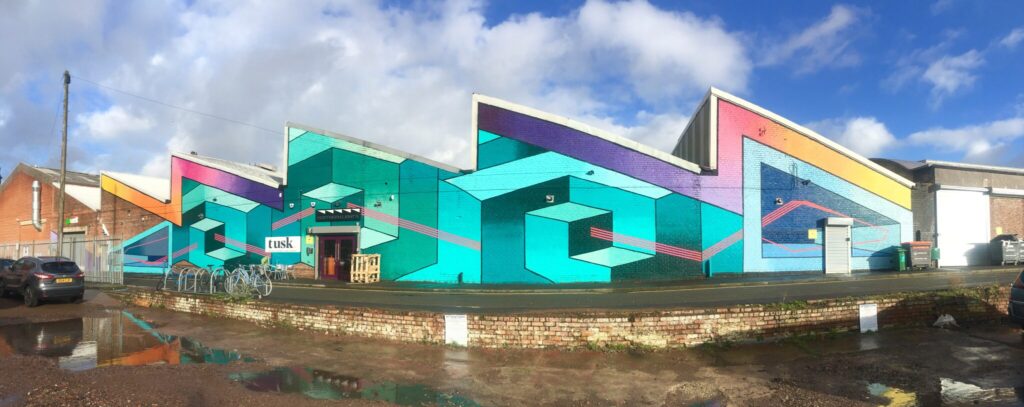
Why was this? Was there a way in which could fuse them both?
I’ve been thinking a lot about why we feel the need to create order, and why we find pleasure in something that has no apparent order. There’s a scene in the film ‘The Dreamers’, when Matthew starts finding a new relationship between the lighter and the tablecloth: he places the lighter so it fits flush with the checkers on the fabric. There’s comfort in order.
Then came the stone sculptures. This is part of my practice I can tell will be with me for a long time. I’ll probably go through periods of spending time with these in between other projects, as learning to work with stone is a long process. Fortunately I’ve got my dad to help me through this, he’s been working as a stone mason his entire life and is teaching me a couple of tricks.
The stone I am using is chaotic in nature, the quarry I obtain them from must have once been deep under the ocean. Every stone I use is packed with fossils. They’re hectic objects. After a laborious process of refining the stone to my desired state, I am left with and ordered sculpture. I’ve got plans to try and make some monolithic versions of what I’ve been producing so far, however logistically that might not happen for a while.
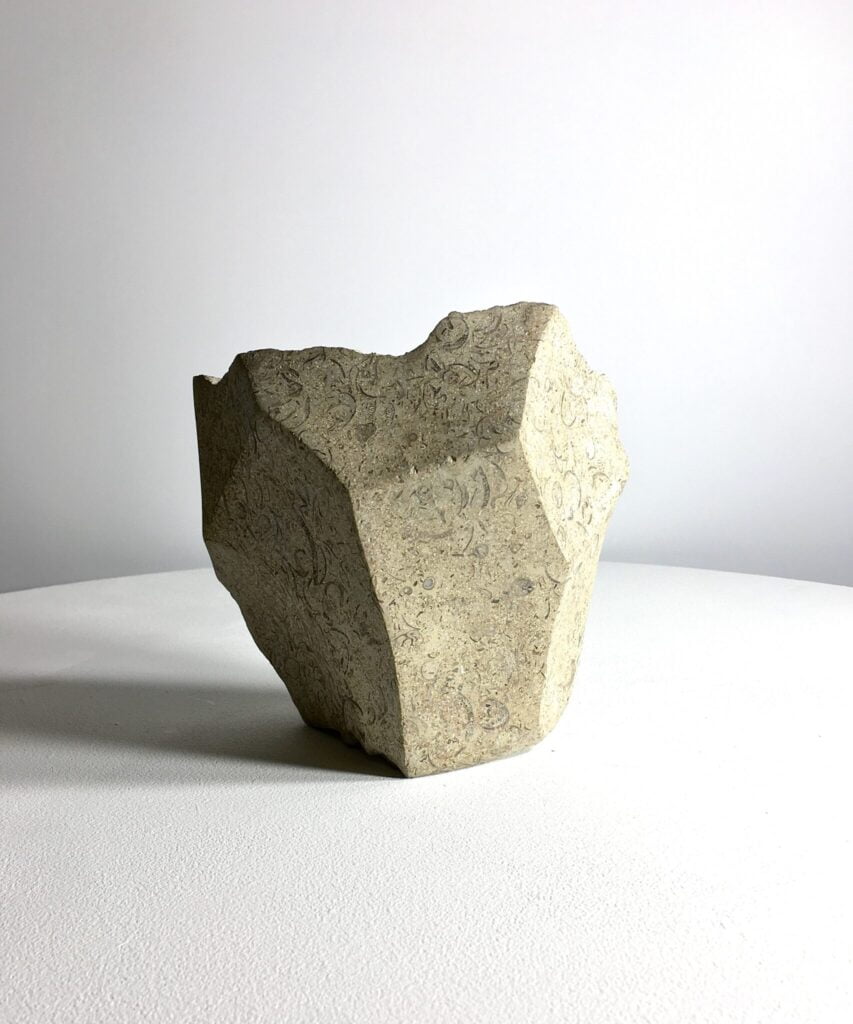
How has your practice changed since COVID-19?
It’s definitely cliché to be responding to the times we are living in now. But I feel like you’d be naive not to feel at least something about the situation. The more you pay attention, the more you start to realise how all sorts of messed up all of our situations are.
With everything that’s been going on in 2020, it’s been making me question the existence of humans and how much of a hindrance we have become to ourselves and the planet itself.
We have not even come close to our full potential as a species yet. The barriers put in place from our past selves have hindered our progress. But then which species do reach their full potential?! Is everything still evolving and working out how to become the best versions of themselves?
This global pandemic crisis is refreshing regarding the forces of nature. It doesn’t care what your self-inflicted boundaries mean or who you are. It’s just here to do the most efficient job to survive which, coincidentally, we’ve been doing for millennia to the planet. But credit where credit’s due – we’re learning! Our existence is an experiment. Yes, we’ve fucked up A LOT, but some of these fuck ups have led to better things.
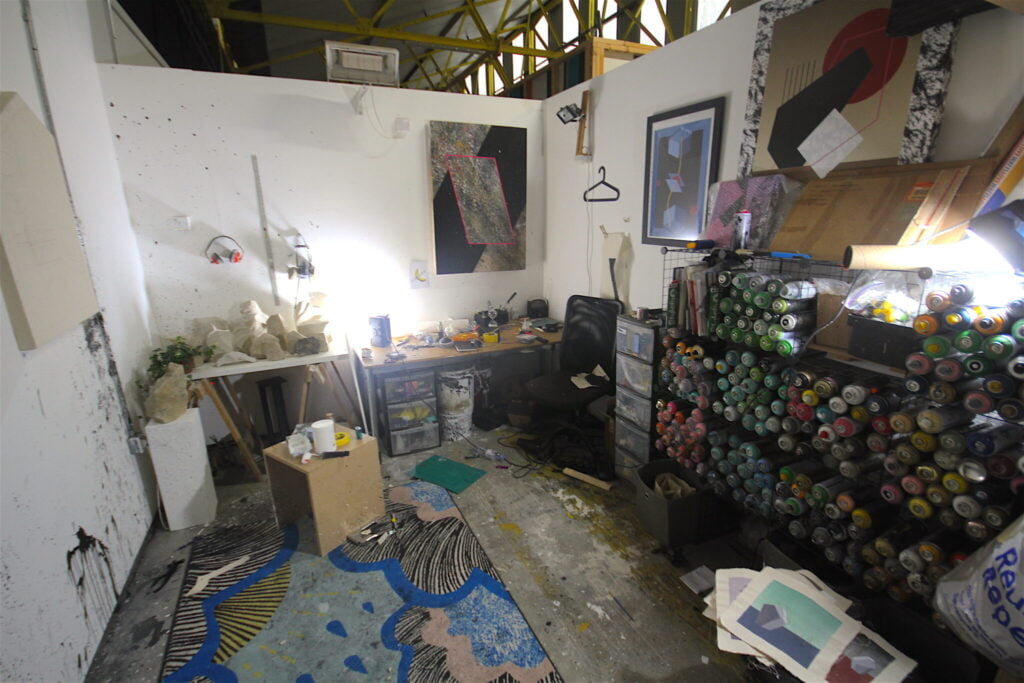
How do these musings inform your practice in practical terms?
I’ve inadvertently started to respond to this by dreaming about and creating landscapes that are very much the opposite of our existence. These paintings are one of my versions of Utopia.
Alexander Von Humboldt (love this guy!) described the influence of landscape painting on the study of the natural world – holding that art is among the highest expressions of the love of nature—and challenging artists to portray the “physiognomy” of the landscape. I feel like there’s a lot of truth in what Humboldt mentions here. I feel like this is why my version of a future utopia is being portrayed in landscape form.
I’ve had a few times recently where I’ve managed to be completely present in the moment, this peaceful state is the closest balance of these states I’ve found. Regardless of what’s going on around you at that moment in time, you are content. I’d like people to be present with these paintings.
Metaphorically speaking, you are in the present looking at these paintings of the future… almost like a window scenario.
I always used to wonder how artists progressed their thoughts into art, like when do concepts evolve? But just like anything, regardless of the subject matter, the more knowledgeable you become, your interest amplifies.
Basically when you get down to the nitty gritty of why you do what you do, you want to find out more. You then explore what’s in you, later resulting in new ideas. Then it’s just a case of repeating this process. I used to hate it when I was asked that huge question of ‘WHY?’ Why does it look like that? Why did you do that? Y’know! But now I’ve learnt to love it. It’s important, I want to know more.
I’m starting to find that art is a personal perspective on life. An autobiographical non-fiction fiction; a self directed research paper on yourself. You take in your surroundings and upbringing; nature and nurture to tell an aspect of your story.
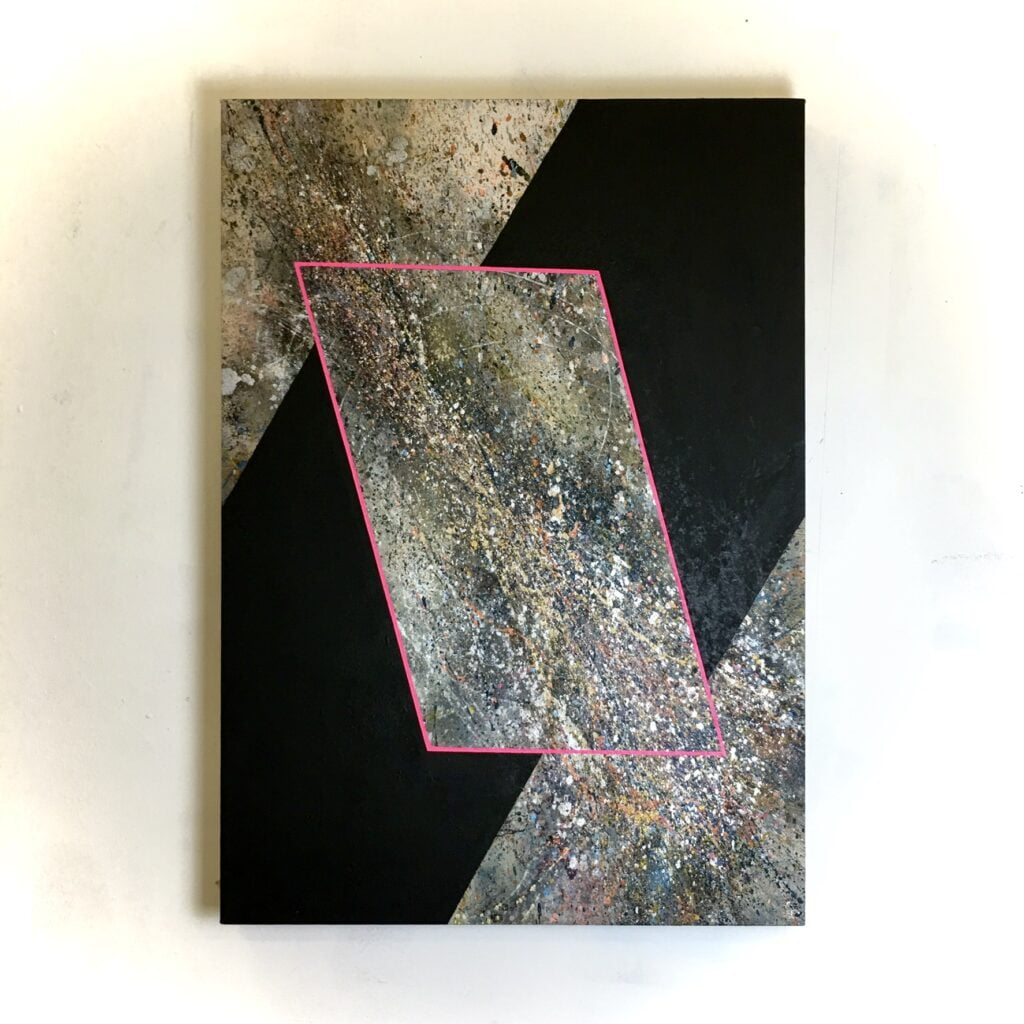
You spend a lot of time thinking about the concepts you discussed as well as the idea of creating itself – why have you chosen painting as your primary medium?
Painting has always been my go to medium, it’s what I’ve practiced since I was young. I think it’s the act of mark making and being able to control almost exactly what happens with each stroke. Within the past few years it’s been interesting to be painting in a way that’s so clean it could look printed. I guess I like to know what’s achievable within the realms of a limited medium. Well, I say limited… in reality there are countless ways in which you can use it and there’s always more to learn.
The sculptures have been a great transition though, being able to convert my paintings into something more tactile and see aspects that I’ve drawn in a physical form has been invaluable for developing my practice, as I’m now starting to include more 3D elements within the paintings.
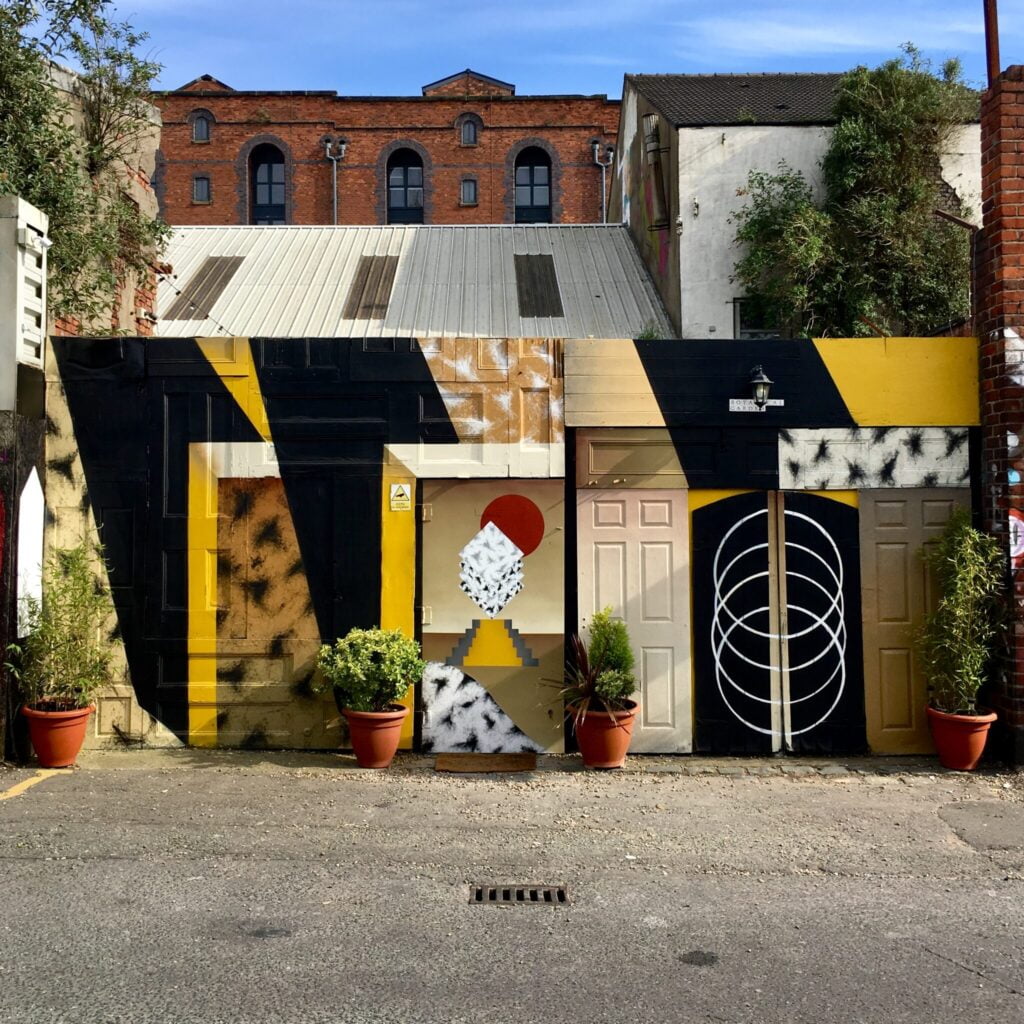
Do you have any rituals in the studio? For example: do you do anything before you start painting to put you in the right mindset, or do you have an order that you do things in, do you spend a lot of time looking at the work?
I wouldn’t say I have any set daily rituals, but I guess I have some depending on what I’ll be doing in the studio. For example, if i know it’s going to be an ‘ideas & sketching day’ I’ll often start my day off slow, grab a coffee and go for a walk round the park, before settling down in the studio.
However if I know it’s going to be a day of building, sculpting, painting or making a mess, I’ll be listening to something that’s high energy and times my coffee intake by 10.
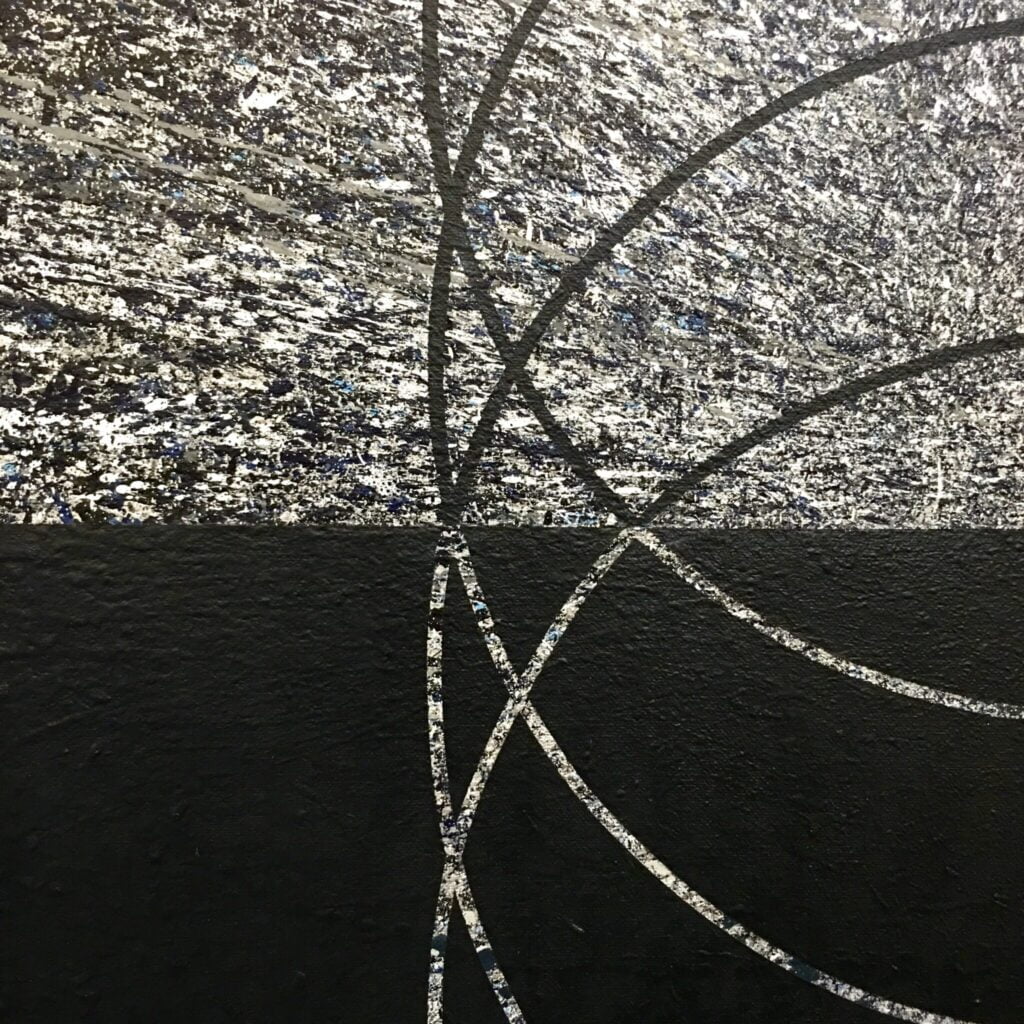
What’s the one tool in the studio that you can’t live without?
I’m not sure this can necessarily be classed as a tool, but the space itself is probably the most important aspect within the studio. I feel that each time I move into a larger area my practice has started to progress, whether it’s being able to work on multiple pieces at once or being able to make more ambitious ideas tangible.
I do spend a long time looking at the work, I get quite analytical of certain things working together within the pieces, and used to spend a long time looking at sketches before even taking them to a wall or canvas. In my older pieces the planning and decision making played a key role, however more recently I’m learning to let go and let the process make decisions for me.
To see more of Jason’s work, take a look at his website.

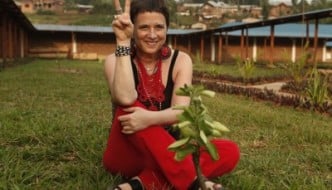
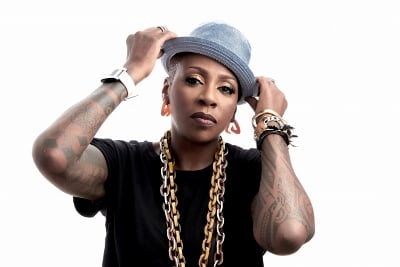
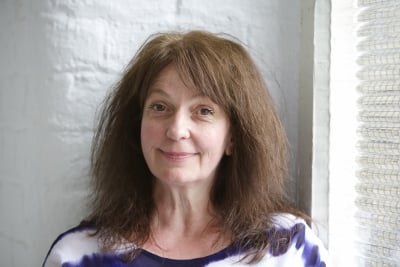
Comments